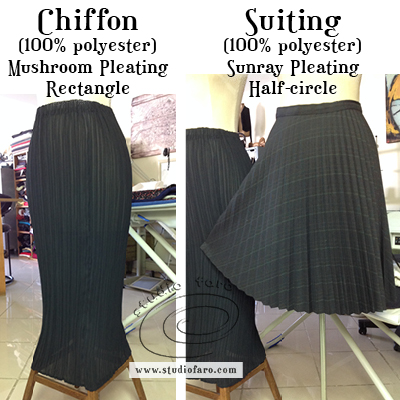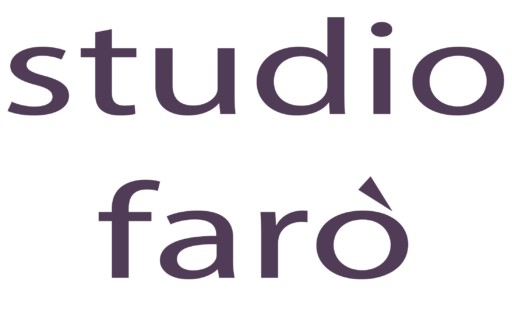09 Jan Prep for Permanent Pleating 101
I’ve always had a fascination for what can be achieved with a little heat and some petro-chemical fibres. Permanent (heat-set) Pleating is the use of heat on polyester/nylon fabrics to set a pleat that will survive the rigours of wash and wear without the need of re-pressing.

‘Pleats are categorized as pressed, that is, ironed or otherwise heat-set into a sharp crease, or unpressed, falling in soft rounded folds.’ wikipedia
Permanent pleating was developed after the second world war to exploit the thermoplastic nature of the newly invented nylons and polyesters. Katie Davis Designs blog post: Pleats now and then covers a nice bit of fashion history and features some contemporary designers. My experience in this field is with polyesters and polyester blends and they will be the focus of this post series.
Although it’s not my favourite fibre, polyester does have a set of unique properties that can be used to great advantage when making clothing. For heat-set pleats to be successful, the fabric should contain a minimum of 45% polyester. The best results (sharp pleats) are achieved with 100% polyester.
Your polyester of choice maybe anything from a chiffon (light, semi-transparent) to a light weight suiting to a duchess satin (medium weight, satin or de-lustred satin finish). They’ll all respond to the pleating process differently depending on their individual characteristics. Polyester blend suiting will give you a crisp, sharp pleat and the chiffon will give you a soft but sharp pleat (see below).

Duchess Satin (or de-lustered) is an industry favourite for evening and prom dresses. Especially the 100% polyester version because it’s a robust fabric that washes well at home. Considering that I’m not a fan of satin shiny fabrics I always source the de-lustered duchess with a softer sateen finish. The example below is a half circle skirt with gathers at the waist and an organza underskirt. The Sunray Crush pleating further breaks down the shiny sateen finish.

If you would like to join me on this pleating journey, here is a list of things you will need to start:
-
- Polyester fabric – no loose weaves! 150cm wide
- half circle – 1m for knee length(ish) – light-weight suiting or de-lustred duchess satin.
- rectangle for mushroom pleating – 2 x (skirt length + hem/seams) – chiffon.
- Matching thread, zip, button and waistband interlining for the circle skirt.
- Matching thread and waist elastic for the rectangle for mushroom pleating.
- Pattern Paper
- Pattern rulers, pencils & eraser.
- Access to a pleating company that will work with single orders. Most large cities with clothing manufacture will have one. Some offer a pleating service via post.
- Polyester fabric – no loose weaves! 150cm wide
I plan to investigate and demonstrate the Sun-ray Circle and the Mushroom Pleat Rectangle in this first series (second photo). We’ll be drafting half circle skirts and calculating three times our hip measurements to develop our pleated patterns. Jump over to FB to chat about pleating and your pleating projects. Join us if you have any questions or are simply curious. 🙂
Pleating Links:
The Cutting Class have many great posts about pleating. This one is my favourite: Graphic Movement at Issey Miyake
Katie Davis Designs blog post Pleats now and then covers a nice bit of fashion history and contemporary designers using pleats.
Sun-ray Pleating Video Not the best quality videos but nonetheless it’s useful to see the machine working.
Kathleen Fasanella (Fashion Incubator) has a very informative post on Pleating.
An article from Schon Magazine about Issey Miyake’s Pleats Please range.
International Pleating in New York have some great resources. 🙂
Take this moment to sign up for my fabulous newsletter! Every month or so I send an email newsletter with new website content and always, always an enormous discount code for all my sewing patterns, garment blocks and pattern making instructions.
This discount code is for subscribers only. Don't miss out!


No Comments